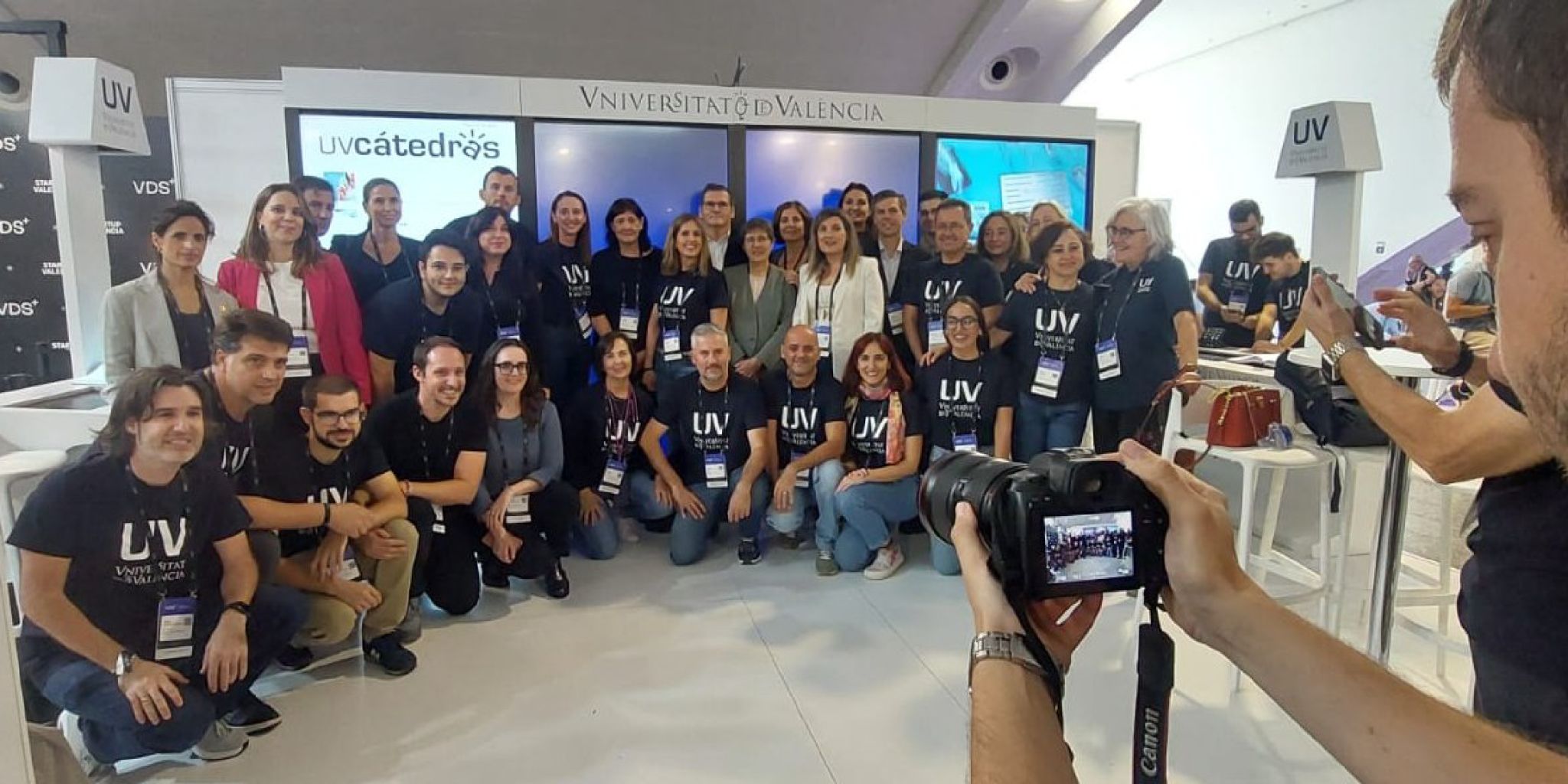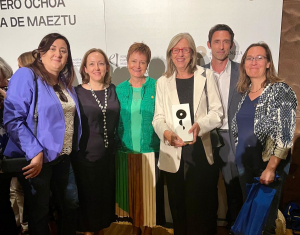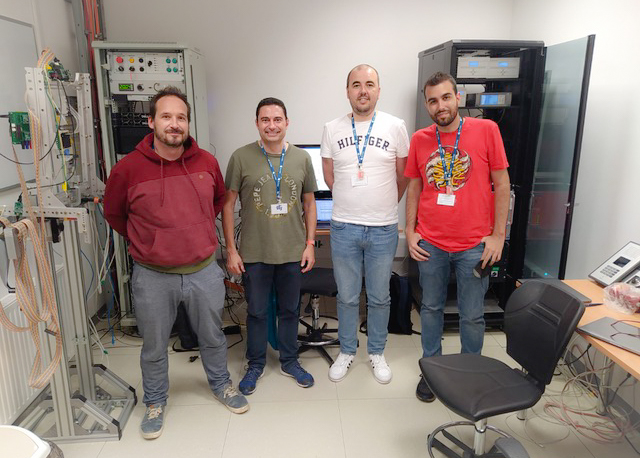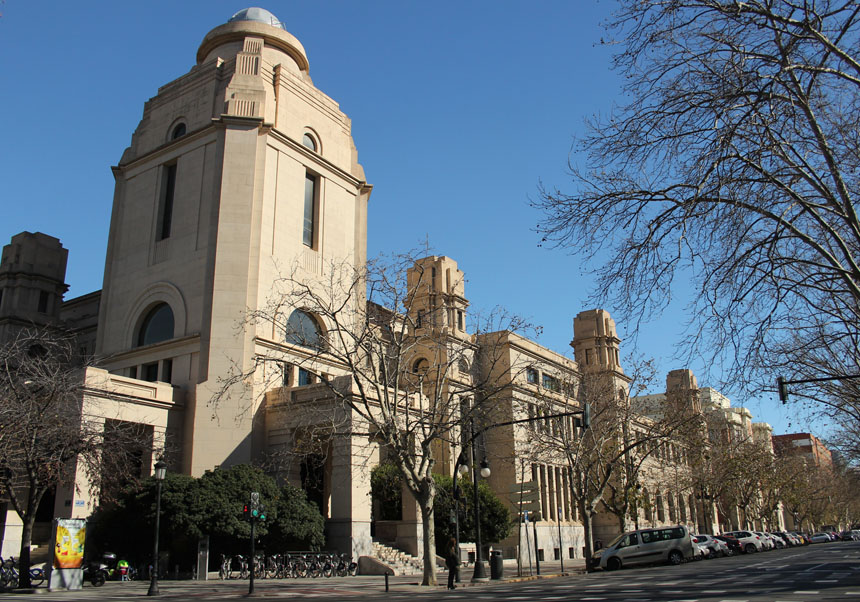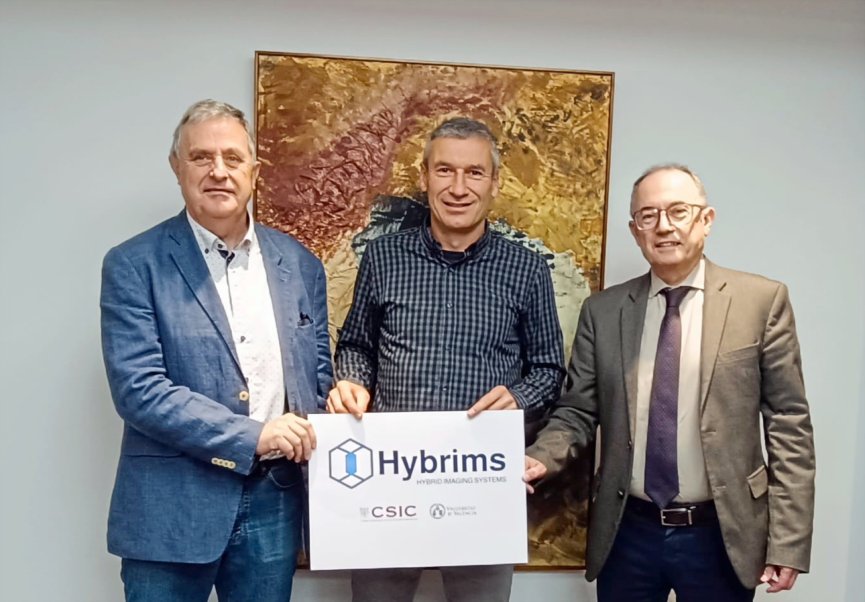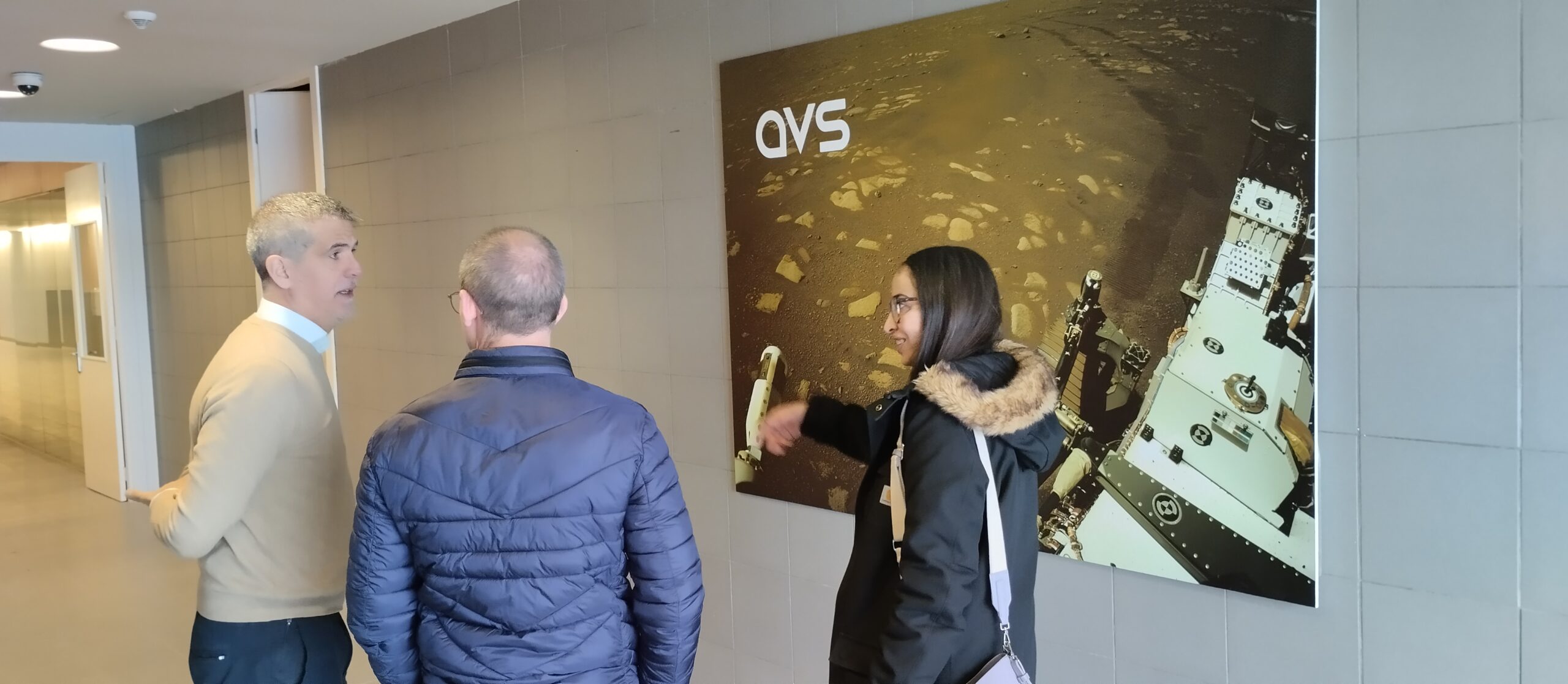The Institute of Corpuscular Physics (IFIC), a center belonging to the University of Valencia and the CSIC, played a leading role at the recent Valencia Digital Summit (VDS) 2024, contributing its expertise in both technology transfer and participation in activities that reward talent and technological innovation.
During the event, held at the City of Arts and Sciences on October 23 and 24, the agents from the innovation and transfer unit UCIE-IFIC actively collaborated at the University of Valencia’s stand, providing attendees with information about the university’s transfer capabilities and projects, as well as connecting with interested parties for future collaborations and strategic alliances in the fields of applied science and innovation.
The intervention of IFIC was particularly relevant in one of the round tables at the event, where Luis Caballero, an IFIC researcher and CEO of the spin-off HYBRIMS, shared his experience in creating this new spin-off company, demonstrating how cutting-edge research can lead to technological applications for the benefit of society. The debate, moderated by Kristin Suleng, communications officer at the Parc Científic de la Universitat de València Foundation, also included representatives from other innovative companies and faculty from the University of Valencia, promoting the essential role of spin-offs as engines of knowledge transfer from the university to the market.
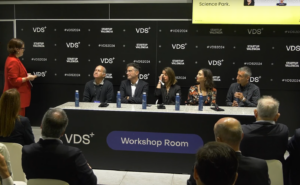
Additionally, recently graduated master’s student in Nuclear and Particle Physics and IFIC collaborator, Pablo Copete Garrido, had an outstanding performance in the Summit hackathon, where, together with his team, he won The Challenge after developing an innovative solution for a challenge proposed by Naturgy for the detection and prevention of fires in photovoltaic plants. His proposal, which integrated drones and artificial intelligence technology, was selected among numerous submissions in a two-phase competition, with seventy students participating, selected from over three hundred candidates. This achievement highlights IFIC’s commitment to training and supporting young talent in the fields of technology and applied science.

Through its presence and activities at the Valencia Digital Summit 2024, IFIC has demonstrated its leadership not only in research but also in the transfer of knowledge to industrial sectors and in promoting collaborative innovation, positioning itself as a key entity within the Valencian innovation ecosystem.

